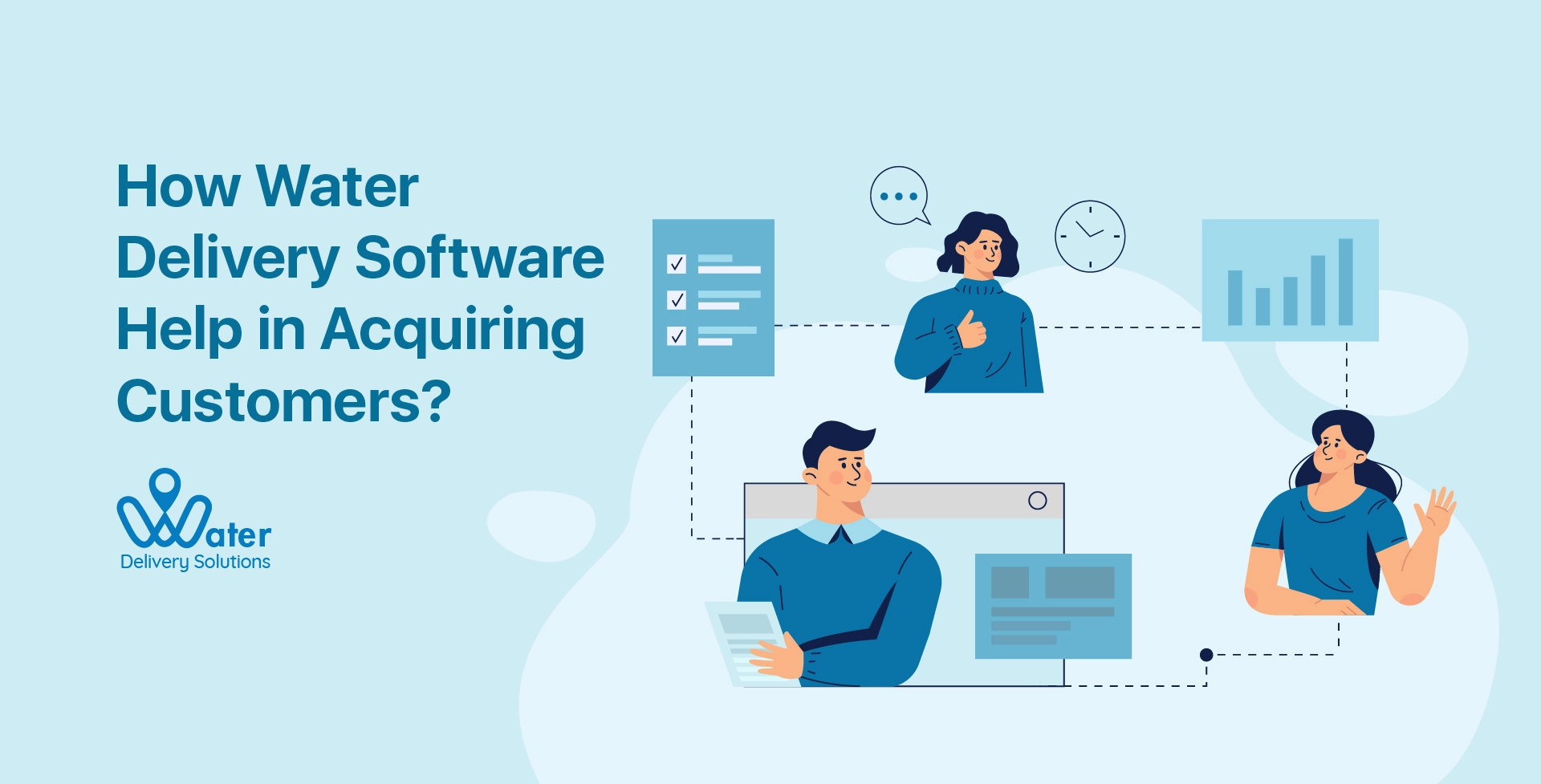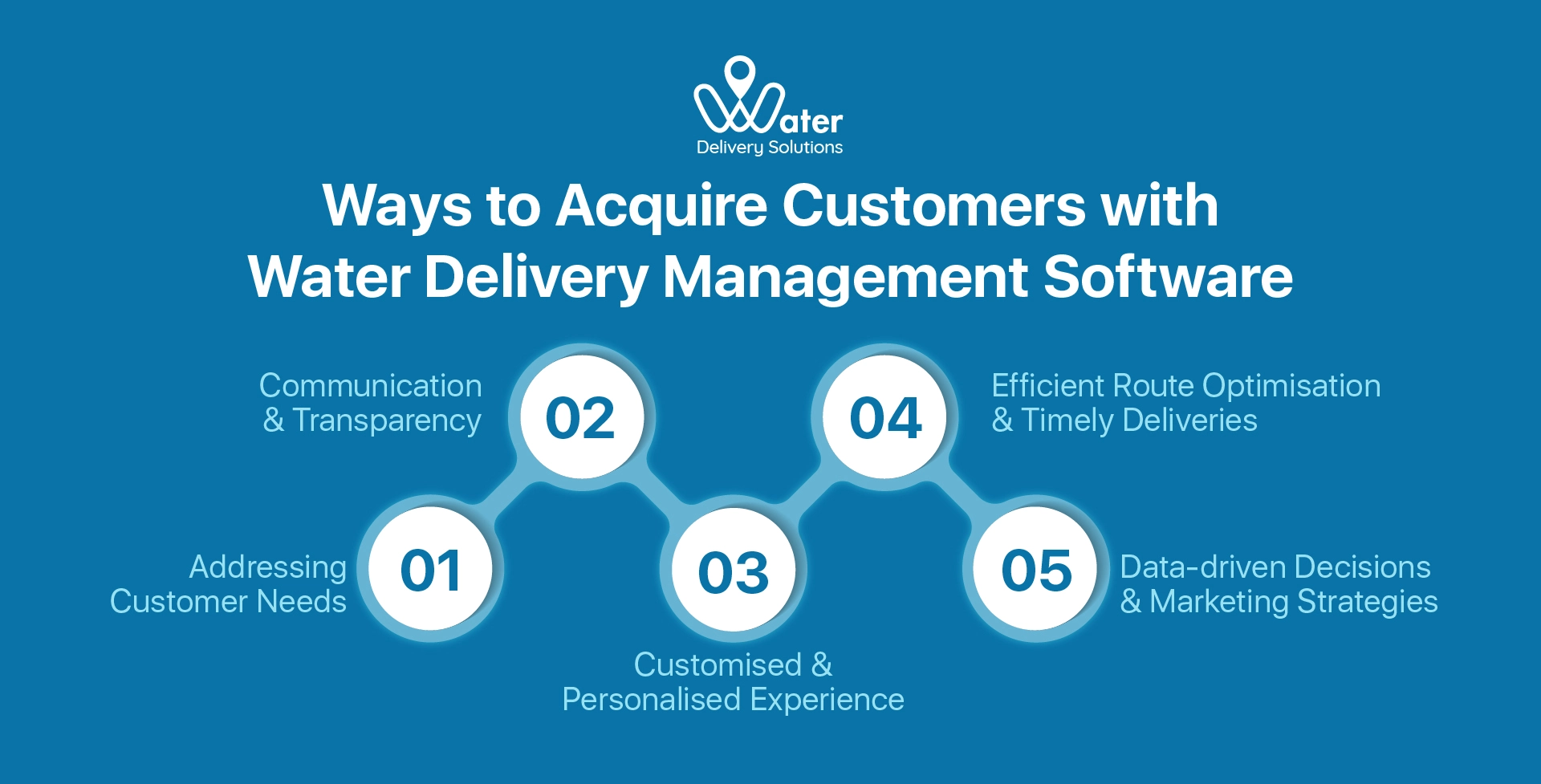
Convenience-driven consumerism has become paramount as the water delivery industry has undergone a remarkable transformation. Water delivery services, which were formerly dependent on manual labour and antiquated systems, are quickly adopting technology to improve customer acquisition tactics and optimise operations. This evolution’s driving force is specialised water delivery software, which has completely changed how businesses in this industry draw in and keep clients.
This blog post will explore the various ways that the software has evolved into the key to customer acquisition in a cutthroat industry. These cutting-edge software solutions have sparked a paradigm shift, enabling water delivery companies to meet and surpass customer expectations. These solutions range from streamlining delivery routes to promoting open communication, providing individualised services, and utilising data-driven insights.
Water delivery services no longer rely solely on manual processes and traditional methods. The water delivery industry is currently embracing digital transformation, and leading this change are software solutions designed with their needs in mind.
What is water delivery software?
The term “water delivery software” describes specialised online resources and platforms created especially for companies in the water delivery sector. The aforementioned software solutions facilitate the management of orders, inventory, delivery routes, and customer communication, among other aspects of water delivery services.
Here are some key functionalities typically offered by this software:
- Order management – The platform facilitates the order process, allowing for easy tracking and scheduling of deliveries.
- Route optimization – The system runs algorithms that optimise delivery routes, ensuring efficient and timely deliveries while minimising fuel costs and travel time.
- Customer communication – The system allows real-time communication, such as delivery notifications, updates on order statuses, and ETA (estimated time of arrival), promoting transparency and trust.
- Inventory management – Tracking and managing inventory levels of water bottles or dispensers to ensure adequate stock availability to meet customer demand.
- Billing and invoicing – Billing process automation, invoice generation, and payment transaction management.
- Data analytics – Analytics tools that provide valuable insights into customer behaviour, preferences, and consumption patterns are frequently included in these solutions. This information is useful in developing targeted marketing campaigns and personalised services.
- Customisation – Many software solutions enable customers to customise their delivery schedules, quantities, and specific delivery preferences, providing a more personalised service.
Ways in which water delivery management software helps in customer acquisition
Addressing customer needs with convenience
The fundamental challenge for any water delivery service is to provide a seamless and hassle-free experience to customers. These software solutions, which range from online ordering platforms and mobile applications to user-friendly interfaces, enable customers to place orders quickly, schedule deliveries, and even track their shipments in real-time.
- Online ordering platform and applications – The software includes online ordering platforms and mobile applications that make the ordering process more efficient. Customers can easily browse through product options, select quantities, and place orders on their devices with a few clicks or taps.
- User-friendly interface – Customers will enjoy a smooth and intuitive experience thanks to the software’s user-friendly interfaces. Users can easily navigate through the ordering process with simple navigation, clear instructions, and visually appealing layouts, making it more convenient and less time-consuming.
- Order placement and real-time tracking – Customers can use the software to place orders at their leisure, at any time and from any location. Furthermore, these solutions frequently include real-time tracking features, allowing customers to track the status of their deliveries.
Communication and transparency
Transparency and clear communication affect customer satisfaction. The software makes it easier for the service provider and the customer to communicate effectively. Customers feel more informed and engaged when they receive automated notifications, personalised updates, and alerts about delivery schedules or other service-related information, resulting in a stronger relationship between the company and its clients.
- Automated notifications and personalised updates – Customers receive automated notifications and personalised updates about their orders, delivery schedules, and any service-related information. Order confirmations, estimated delivery times, and updates in the event of a delay could all be included in these notifications.
- Stronger customer-company relationship – The system builds communication channels that contribute to stronger relationships between the company and its clientele. Keeping customers informed and aware of the queries helps in establishing trust and credibility, leading to increased customer satisfaction and loyalty.
Customised services and a personalised experience
Every customer has different preferences and needs. Implementation of software enables businesses to collect and analyse customer data, allowing them to provide personalised services. This level of customisation fosters a sense of value and care, leading to increased customer loyalty.
- Data analysis for personalisation – By analysing customer data, such as past orders, frequency of purchases, and preferences, businesses can offer personalised experiences. This can involve recommending related products based on past orders or providing customised delivery schedules that align with the routine of the customers.
- Fostering customer loyalty – Customers value and care when they can customise and personalise their experiences. When they feel understood and catered to on an individual level, they are more satisfied and loyal to the service provider.
Efficient route optimisation and timely deliveries
Optimising delivery routes and ensuring timely deliveries are critical aspects for water delivery businesses. Route optimisation algorithms allow businesses to plan the most efficient routes, reduce fuel consumption, and shorten delivery times. Businesses build trust and reliability among customers by consistently fulfilling orders on time, encouraging repeat business and creating positive word-of-mouth referrals.
- Route optimisation algorithms – Route optimisation algorithms help businesses plan the most efficient delivery routes. These algorithms help minimise fuel consumption and delivery times by taking into account factors such as distance, traffic, and delivery volume, ensuring prompt and efficient service.
- Building trust and reliability – Customers gain trust and reliability when orders are consistently filled on time. When they can count on timely deliveries, it increases their satisfaction and encourages them to use the service again and again. Positive experiences also lead to word-of-mouth referrals, which expand the customer base even further.
Data-driven decisions and marketing strategies
The software generates a wealth of data that businesses can use to make informed decisions and develop effective marketing strategies. Businesses can tailor their marketing efforts to be more impactful and resonant with their target audience by leveraging this data.
- Analysing customer behaviour and feedback – Companies can improve their services and offerings by analysing data on customer behaviour, preferences, and feedback. Insights gained from this data aid in better understanding customer needs and making necessary adjustments to effectively meet those needs.
- Tailoring marketing efforts – Companies can tailor their marketing efforts by leveraging customer data. Businesses can create more effective and resonant marketing campaigns by targeting specific customer segments based on their preferences and behaviour. This targeted approach increases the chances of engaging customers and converting them.
Water delivery management software has transformed how businesses operate and interact with their customers. These software solutions enable businesses to not only meet but exceed customer expectations by focusing on convenience, communication, personalisation, efficiency, and data-driven strategies. Adoption of such technology will be critical for companies looking to acquire, retain, and delight customers in the competitive landscape of water delivery services as the industry evolves.
FAQs
Q1. How can water delivery software improve customer convenience?
A1. Water delivery software provides customers with simple ways to schedule deliveries, place orders online, and track shipments in real-time through mobile applications and online ordering platforms. Customers can interact with the water delivery service more easily and conveniently thanks to this convenience, which improves the overall customer experience.
Q2. Does water delivery software allow customer communication?
A2. Yes, water delivery software facilitates effective communication channels. Customers feel more informed and involved when they receive personalised updates, automated notifications, and alerts about delivery schedules or service-related information. The company’s relationship with its customers is strengthened as a result of this enhanced communication.
Q3. How does water delivery management software offer a personalised experience?
A3. Software for water delivery collects and evaluates client data, enabling businesses to provide individualised services. This could entail offering customised delivery schedules, recommending particular water products based on previous orders, or making related suggestions based on personal preferences. Customer loyalty rises when personalisation fosters a feeling of worth and concern.
Q4. How does route optimisation help in acquiring customers?
A4. Water delivery software facilitates efficient route optimisation, which plans the most effective routes to guarantee on-time deliveries. Businesses can consistently fulfil orders on time by using less fuel and cutting down on delivery times. Customers’ trust is increased by this dependability, which promotes repeat business and favourable recommendations and helps with customer acquisition and retention.
Q5. How does water delivery software help in making data-driven decisions?
A5. Software for delivering water creates useful customer data, such as preferences, behaviour, and feedback. Businesses can target particular client segments, improve services, launch new products, and make well-informed decisions by evaluating this data. Businesses can customise their marketing campaigns with this data-driven approach, increasing their effectiveness and audience resonance.
Q6. How does water delivery software help in customer acquisition?
A6. Water delivery software helps businesses stand out in a crowded market by streamlining operations and improving customer experiences. Businesses can increase their customer base by attracting new customers, retaining existing ones, and utilising data-driven strategies through the provision of convenient, personalised, and efficient services.

He loves to explore. His passion for helping delivery industries in all aspects flows through in the vision he has. In addition to providing smart solution to make delivery process flawless, Ravi also likes to write sometimes to make it easier for people from business industry looking for digital solutions.

